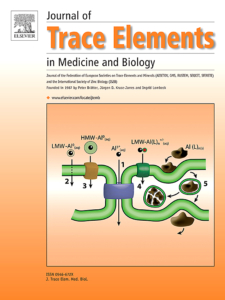Relationship between urinary heavy metals with metabolic syndrome and its components in population from Hoveyzeh cohort study: A case-control study in Iran
Authors
Affiliations
Abstract
Background: The incidence of Metabolic Syndrome (MetS) has been growing rapidly and is rising to pandemic proportions. Although obesity is a primary risk factor for the enhancement of these conditions, not all obese individuals develop metabolic syndrome, indicating that the risk for developing MetS is impacted by other genetic and/or environmental factors such as heavy metals. Therefore, the present study focused on the association between exposures to heavy metal and MetS.
Methods: Urine samples were collected from 150 participants (75 patients with MetS and 75 healthy participants), which were used from Hoveyzeh Cohort center. To make a quantitative comparison between the two groups, Man-Whitney nonparametric test was used. The logistic regression was performed adjusted for age, demographic, lifestyle factor, physical activity, occupational history and urine creatinine.
Results: The results of logistic regression showed that OR and 95 % CI for Cd, Pb, Sr, As and Fe concentration were still significant after adjusting for urine creatinine. Moreover, there was a relationship between Cd and Pb levels and waist circumstance (WC). After adjusting for urine creatinine, age, sex, occupation, smoking status, education and place of residence, only Pb concentration was showed a significant association with systolic blood pressure (SBP). The subjects with high urine level of Cd had the high odds (OR: 6.273; 95 % Cl: 1.783-22.070) of MetS and low high-density lipoprotein (HDL-C). The relationship between As concentration and high fasting blood sugars confirmed the previous evidence suggesting that high As level can cause diabetes.
Conclusion: These results indicated that outbreak of MetS and its component are associated with heavy metal concentrations in urine.
Keywords: Case-control study; Heavy metals; Hyperglycemia; Hypertension; Metabolic syndrome.
Copyright © 2021 Elsevier GmbH. All rights reserved.

